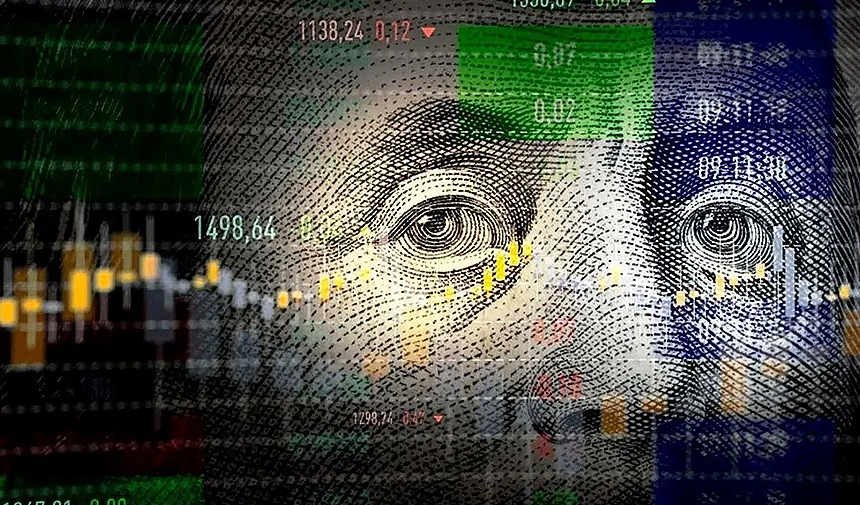The transformations created by artificial intelligence in the art world in recent years seem to radically change the understanding of art in the future. This technological development brings innovations in many areas, from the way artists create their works to the way they are exhibited. Artificial intelligence offers new methods in the creation of artworks, while at the same time developing tools that enable artworks to reach a wider audience. In this article, we will examine how artificial intelligence is impacting the art world and how this impact may shape the future.
AI-based algorithms offer artists a level of creativity that was previously unattainable. For example, by using deep learning techniques, artists are able to discover more complex patterns and color combinations in their work. This allows them to offer audiences visual feasts they have never experienced before, especially in the field of digital art and visual effects. AI-powered tools also reduce the technical limitations that artists may experience when creating their work.
AI also opens up new possibilities for the exhibition and distribution of artworks. Virtual exhibitions and digital galleries allow works to reach a wider audience, while AI’s recommendation systems help users discover works that match their interests. This has played an important role in making art more accessible, especially during the pandemic.
AI is also revolutionizing the process of interpreting and understanding artworks. Machine learning models can perform in-depth analyses of the themes, motifs and emotions contained in works. This is becoming a valuable tool for art critics and historians, while allowing art lovers to make a more personal connection with works.
However, this impact of AI on art is met with concern by some critics. There are arguments that AI’s involvement in the process of art creation may diminish the importance of human creation and raise questions about the authenticity of art. In contrast, many artists and academics focus on the potential of AI to expand human creativity. For them, AI offers artists the opportunity to explore new forms of expression and build a unique bridge between human emotion and technological capability.
In the future, the intersection of AI and art is likely to further expand the definition and function of art. With the development of AI, more innovations are expected in the creation, exhibition and interpretation of artworks. This technological advancement shows that art will no longer be a product created solely by human hands, but will become a product of human and machine collaboration. This collaboration can bring about innovations that will push the boundaries of art and make it more inclusive, interactive and versatile.
This profound impact of AI on art can also affect many disciplines, from education to art criticism. With the help of AI, students can gain more in-depth knowledge about art history and theory, and understand complex artistic concepts more easily. Art critics can make more comprehensive comments on artworks thanks to the analyses made by artificial intelligence, allowing art to be evaluated from a broader perspective.
AI is also contributing to the democratization of art. Artworks that previously appealed only to a certain segment of the population are now accessible to a wider audience thanks to AI. This increases the social and cultural impact of art, encouraging people from diverse communities to engage with art and express their own creativity.
Finally, as AI shapes the future of art, it also raises ethical and philosophical questions. Issues such as ownership of artworks created by AI, the definition of creativity, and the limits of technology’s impact on art will be debated further in the future. These debates will determine how we understand the impact of AI on art and how we adapt to this new era.



